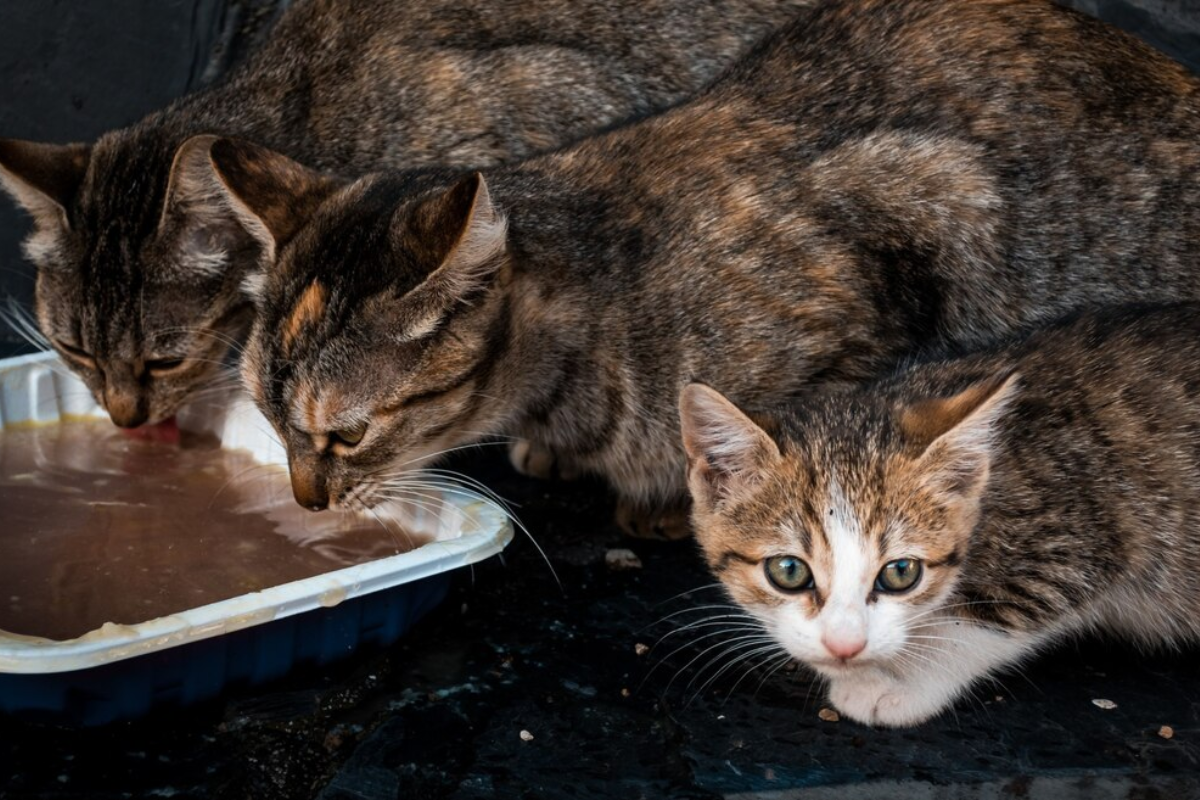Cats are fascinating animals, and watching them grow from tiny, curious kittens into graceful adults is one of the joys of pet ownership. But many cat owners wonder, when do cats stop growing? While most cats reach their full size within their first year, the exact timing can vary depending on breed, genetics, nutrition, and environment. Understanding these differences can help you care for your cat through each stage of life.
In this guide, we’ll explore the growth stages of cats, the average age they stop growing, and the factors that can influence their development. You’ll also learn how to tell when your cat has reached full size, plus how diet, health, and lifestyle play a role in their growth journey.
Understanding the Growth Stages of Cats
A cat’s journey from birth to adulthood is marked by rapid changes in size, strength, and personality. Knowing what to expect during each phase will help you provide the right care at the right time.
Kitten Phase (Birth to 6 Months)
The first six months are the fastest-growing stage in a cat’s life. Kittens are born small and fragile, usually weighing just a few ounces. During the first weeks, they grow quickly, gaining weight daily and becoming more active. By two months, they’re typically full of energy, exploring their surroundings and learning through play.
In this phase, kittens require high-quality, nutrient-rich food designed to support rapid growth. Proper nutrition fuels bone development, muscle formation, and a healthy immune system. Vet checkups are especially important during this time to ensure your kitten is developing normally.
Adolescent Phase (6 Months to 1 Year)
Between six months and one year, growth slows slightly but continues steadily. Cats begin to develop more defined muscle tone and their body proportions start to look more “adult-like.” Most cats also reach sexual maturity during this phase.
While they may not grow as quickly in height or length, adolescent cats still need balanced nutrition to support internal development. This period is also key for socialization and training, as your cat’s personality becomes more established.
Transition to Adulthood
Most cats enter full adulthood between one and two years of age. By this stage, their skeleton is fully developed, and weight gain typically slows unless influenced by overfeeding. The transition is not always dramatic — sometimes, the only noticeable change is that your cat’s playful bursts are balanced by longer naps.
Average Age When Cats Stop Growing
The average domestic cat stops growing in length and height between 12 and 18 months. However, some breeds — especially large ones like the Maine Coon or Ragdoll — may continue to grow until they are around three to four years old.
Growth can also be influenced by individual genetics. Even within the same litter, some cats may reach their full size faster than others. While growth in length and height usually stops after 18 months for most cats, weight changes can continue for a bit longer, depending on diet and lifestyle.
How Breed Affects a Cat’s Growth Timeline?
Breed is one of the most important factors in determining when cats stop growing. Smaller breeds, like the Singapura or Devon Rex, often reach full size closer to one year old. Medium-sized breeds, like the American Shorthair, may take up to 18 months.
Larger breeds, particularly long-haired and muscular ones like the Maine Coon, Norwegian Forest Cat, and Siberian, are the slowest to mature physically. These cats can keep growing — especially filling out in weight and muscle — well into their third or even fourth year.
This difference is partly genetic and partly due to the breed’s historical adaptation to its environment. Larger cats evolved to handle colder climates, developing dense fur and sturdy frames, which naturally take longer to grow.
Physical Signs That Your Cat Has Reached Full Size
It’s not always easy to tell the exact moment a cat stops growing, but there are some indicators:
- Stable weight – Once your cat’s weight remains consistent for several months without changes in diet or activity, they may have reached their adult size.
- Proportionate body – Adult cats typically have a balanced head-to-body ratio and a filled-out frame.
- Slower growth rate – If you notice your cat’s collar size or body length hasn’t changed in months, it’s likely growth has stopped.
While these signs can guide you, the best way to confirm growth completion is through a vet checkup, where your cat’s skeletal maturity can be assessed.
How Diet and Nutrition Impact Growth?
Nutrition plays a critical role in determining when cats stop growing and how healthy that growth is. Kittens need food rich in protein, healthy fats, vitamins, and minerals. Poor nutrition during the early months can lead to slower growth, weaker bones, and long-term health problems.
Overfeeding, however, can lead to excessive weight gain, which may put unnecessary strain on developing joints. It’s important to feed a diet appropriate for your cat’s age, switching from kitten food to adult formulas at the right time, usually around 12 months for most breeds.
Health Factors That May Slow or Extend Growth
Certain health issues can affect a cat’s growth timeline. Parasites, chronic illnesses, hormonal imbalances, and genetic conditions can all slow development. Conversely, cats recovering from illness or injury may experience “catch-up growth” once their health stabilizes.
Regular veterinary care ensures any growth delays are detected early. Vaccinations, parasite control, and routine checkups are essential for a healthy growth process.
Differences Between Indoor and Outdoor Cats
Indoor cats often grow at a steadier pace compared to outdoor cats, whose growth may be influenced by diet, weather, and activity level. Indoor cats generally have more consistent access to nutrition and fewer environmental stressors, which can support optimal growth.
Outdoor cats, depending on their circumstances, may experience growth fluctuations due to irregular feeding or higher physical demands. However, both indoor and outdoor cats can reach similar adult sizes if they receive proper nutrition and care.
Conclusion
Most cats stop growing between one and two years of age, but breed, genetics, and health can extend this period — sometimes up to four years for large breeds. While growth slows after the first year, your cat’s body is still developing internally, so good nutrition and healthcare remain important.
Every cat is unique, and growth timelines can vary. The most important thing is to provide a balanced diet, regular vet visits, and a safe, loving environment to ensure your cat reaches adulthood healthy and happy.
FAQs
1. How can I tell if my cat is still growing?
Check for changes in weight, body length, and muscle tone over several months. If these remain stable, your cat may have stopped growing.
2. Do larger breeds of cats take longer to reach full size?
Yes, breeds like the Maine Coon or Norwegian Forest Cat can take up to three or four years to fully mature.
3. Can a poor diet affect my cat’s growth timeline?
Yes, inadequate nutrition can slow growth and lead to health issues. High-quality food appropriate for your cat’s age is essential.
4. At what age do cats usually stop gaining weight?
Most cats stabilize in weight by 18 months to two years, though this can vary by breed and lifestyle.
My name is Mustafa, and I have been blogging for over 5 years. I am passionate about sharing complete, accurate, and helpful information with my readers. Along with managing content on The Matcha Read, I also contribute blog posts to premium websites. My goal is to provide valuable insights in a clear and easy-to-understand way, so every reader walks away with useful knowledge.










